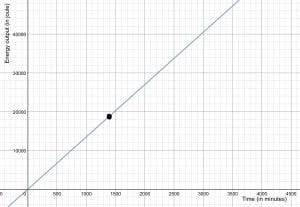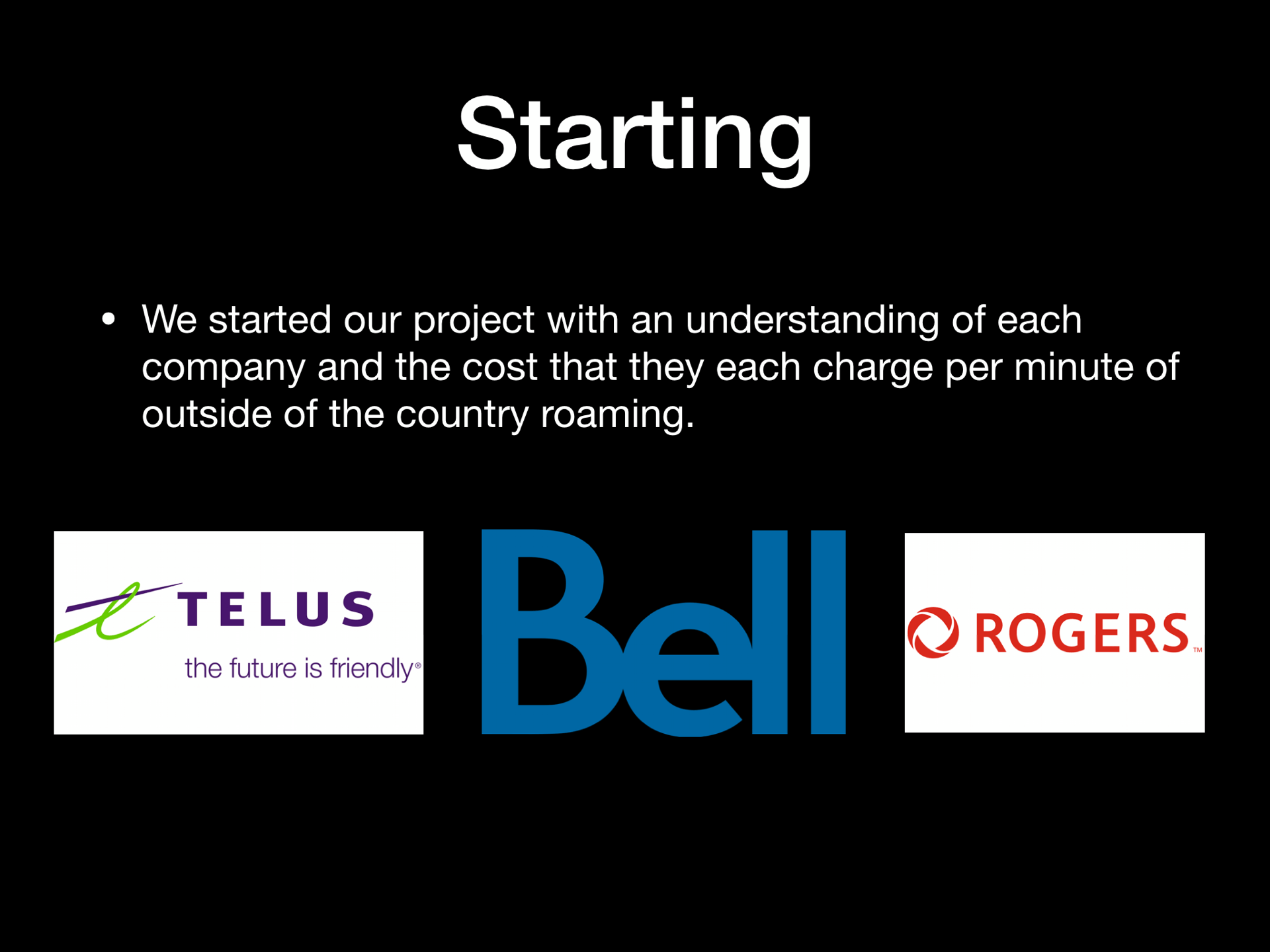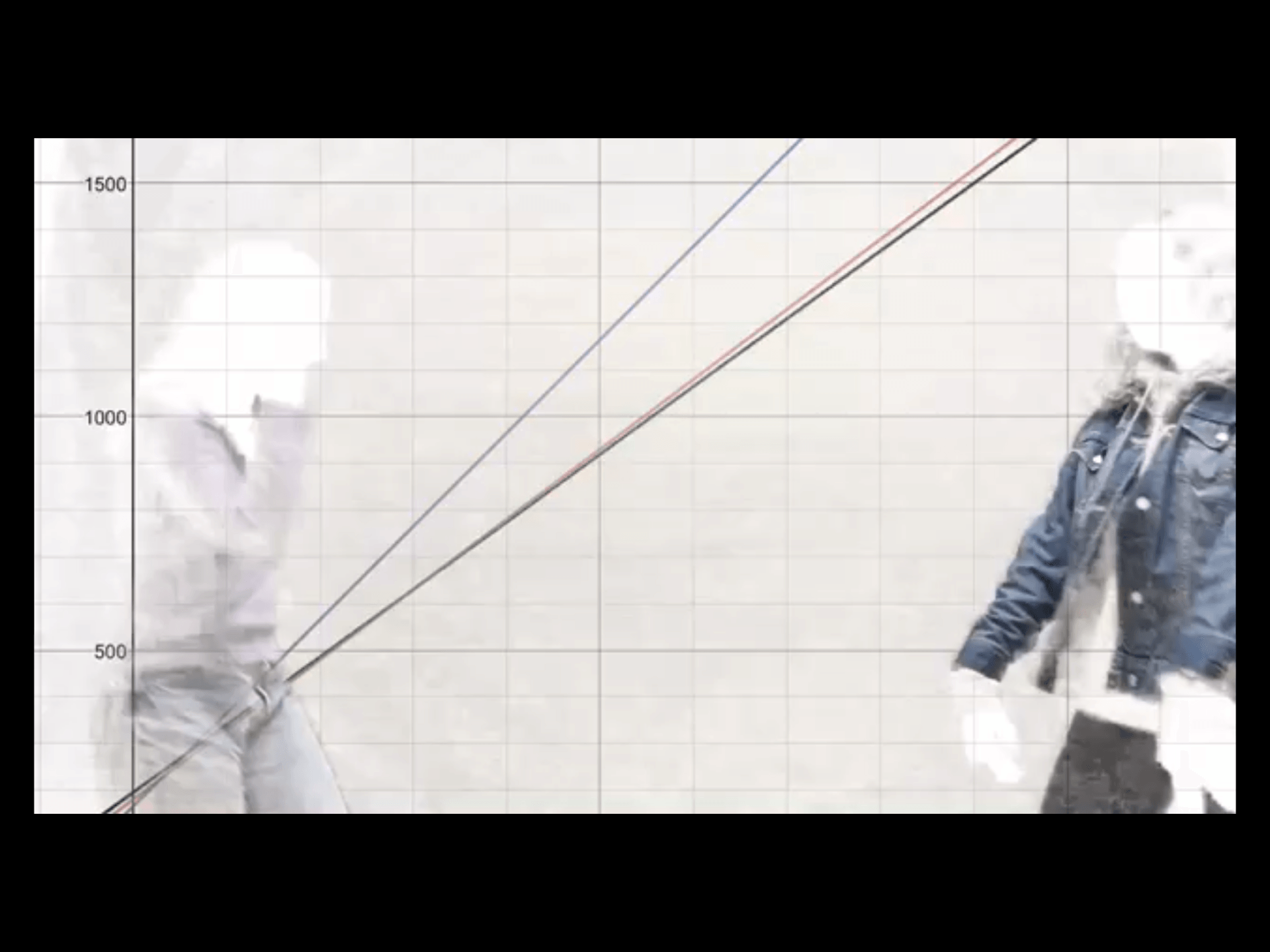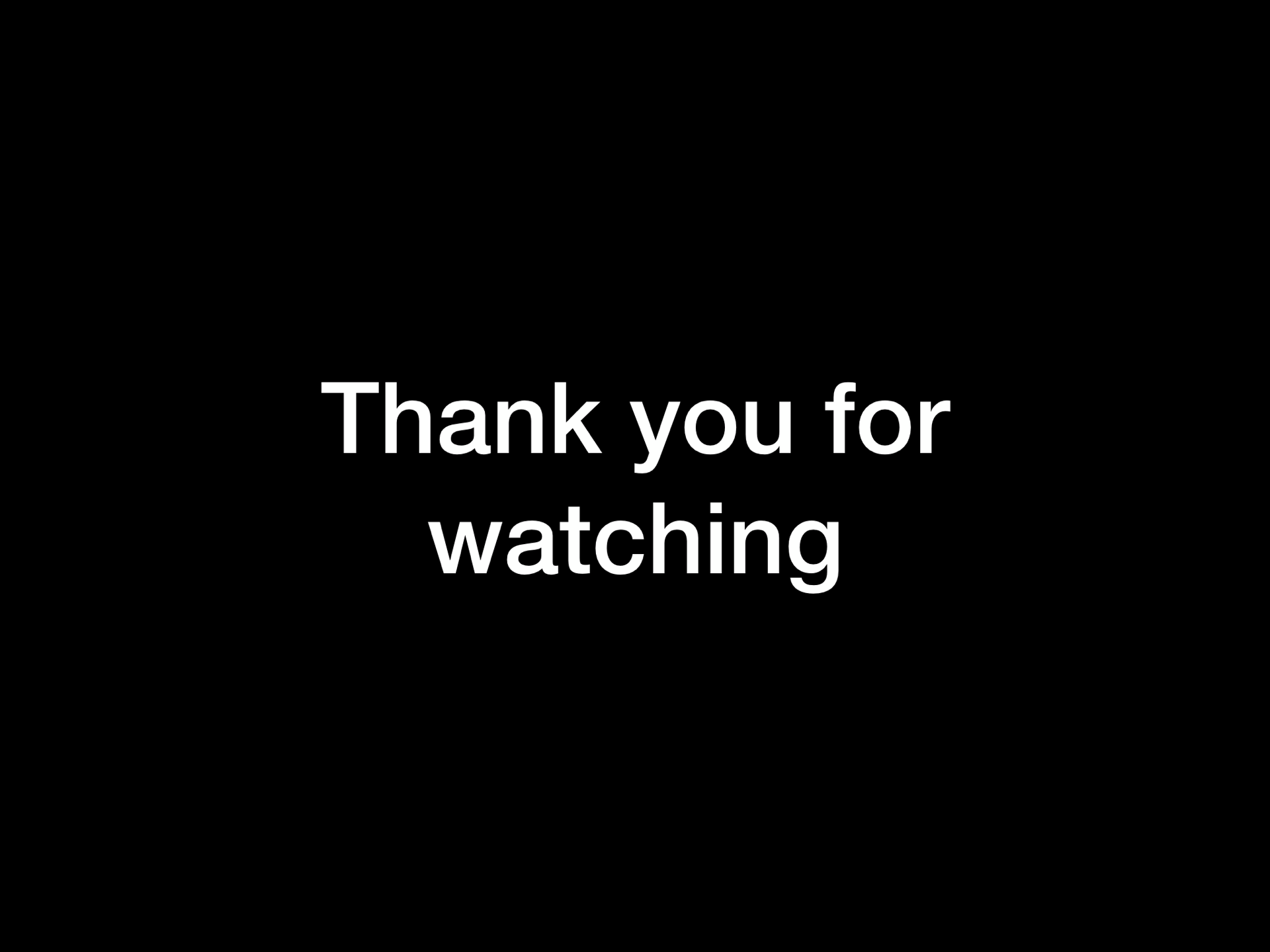In science class lately we have been working on our sustainable/nature electricity projects. My group (Maggie, Lucas and me) decided to take a different route. We decided to create a pulley to generate our electricity. We had learned a whole bunch about sustainable energy and where we can source it from and how we can source it, so our idea didn’t take to much time to produce! We decided that we would capture the mechanic energy that is produced when rain falls. We thought to harness the gravity pull from the water to turn our pulley and power our lights. Though in the end using a pulley system didn’t really pay off for my group and I. We realized that the effort the person would have to put in to generate electricity is far to much, and that the machine does not run consistently. Our machine does work, but in the future we can think about how the energy sourced will have an impact on the people who buy it.
Here is the video we made to sell our machine. In the video you will see the the comparison between the machine and solar panels. Our machine actually makes more energy then solar panels at this time of the year because the sun is only out for 1/3 of the day, instead of all day. Whereas with our machine we are capable of catching energy all day if there is rain all day!
Throughout this project we learned a lot of core competencies. I thought it would be a good idea to talk about the 3 core competencies that I think I saw the most of during this project.
The first core competency I used was collaboratively and individually plan, select, and use appropriate investigation methods, including field work and lab experiments, to collect reliable data. I used this core competency because to conduct our research we had to figure out the wats and joules our machine produced before we could tell how long it would take to power a iPhone. We used our field research to figure out the first draft of our product, which we tested and realized what worked and what didn’t work.
The second core competency that I used was construct analyze and interpret graphs interpret graphs (including interpolation and extrapolation), models and or diagrams. I used this core competency because throughout the project my group and I used graphs to demonstrate our learning. We used graphs to show the contrast between our product and solar panels when comes to generating energy. We also used graphs to show our cost savings over time.
The third core competency I used was formulate physical or mental theoretical models to describe a phenomenon. I used this core competency when my group and I created our diagram showing how our energy gets generated and where it comes from!





















